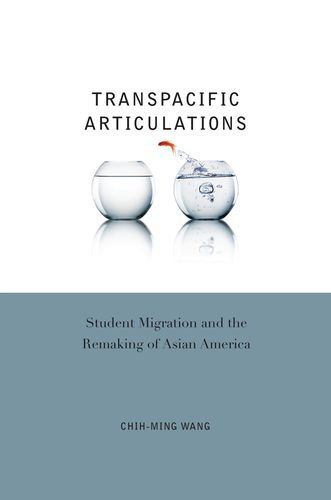

Most ebook files are in PDF format, so you can easily read them using various software such as Foxit Reader or directly on the Google Chrome browser.
Some ebook files are released by publishers in other formats such as .awz, .mobi, .epub, .fb2, etc. You may need to install specific software to read these formats on mobile/PC, such as Calibre.
Please read the tutorial at this link: https://ebookbell.com/faq
We offer FREE conversion to the popular formats you request; however, this may take some time. Therefore, right after payment, please email us, and we will try to provide the service as quickly as possible.
For some exceptional file formats or broken links (if any), please refrain from opening any disputes. Instead, email us first, and we will try to assist within a maximum of 6 hours.
EbookBell Team

4.0
46 reviewsIn 1854 Yung Wing, who graduated with a bachelor’s degree from Yale University, returned to a poverty-stricken China, where domestic revolt and foreign invasion were shaking the Chinese empire. Inspired by the U.S. and its liberal education, Yung believed that having more Chinese students educated there was the only way to bring reform to China. Since then, generations of students from China―and other Asian countries―have embarked on this transpacific voyage in search of modernity. What forces have shaped Asian student migration to the U.S.? What impact do foreign students have on the formation of Asian America? How do we grasp the meaning of this transpacific subject in and out of Asian American history and culture? Transpacific Articulations explores these questions in the crossings of Asian culture and American history.
Beginning with the story of Yung Wing, the book is organized chronologically to show the transpacific character of Asian student migration. The author examines Chinese students’ writings in English and Chinese, maintaining that so-called “overseas student literature” represents both an imaginary passage to modernity and a transnational culture where meanings of Asian America are rearticulated through Chinese. He also demonstrates that Chinese student political activities in the U.S. in the late 1960s and 1970s―namely, the Baodiao movement that protested Japan’s takeover of the Diaoyutai Islands and the Taiwan independence movement―have important but less examined intersections with Asian America. In addition, the work offers a reflection on the development of Asian American studies in Asia to suggest the continuing significance of knowledge and movement in the formation of Asian America.
Transpacific Articulations provides a doubly engaged perspective formed in the nexus of Asian and American histories by taking the foreign student figure seriously. It will not only speak to scholars of Asian American studies, Asian studies, and transnational cultural studies, but also to general readers who are interested in issues of modernity, diaspora, identity, and cultural politics in China and Taiwan.